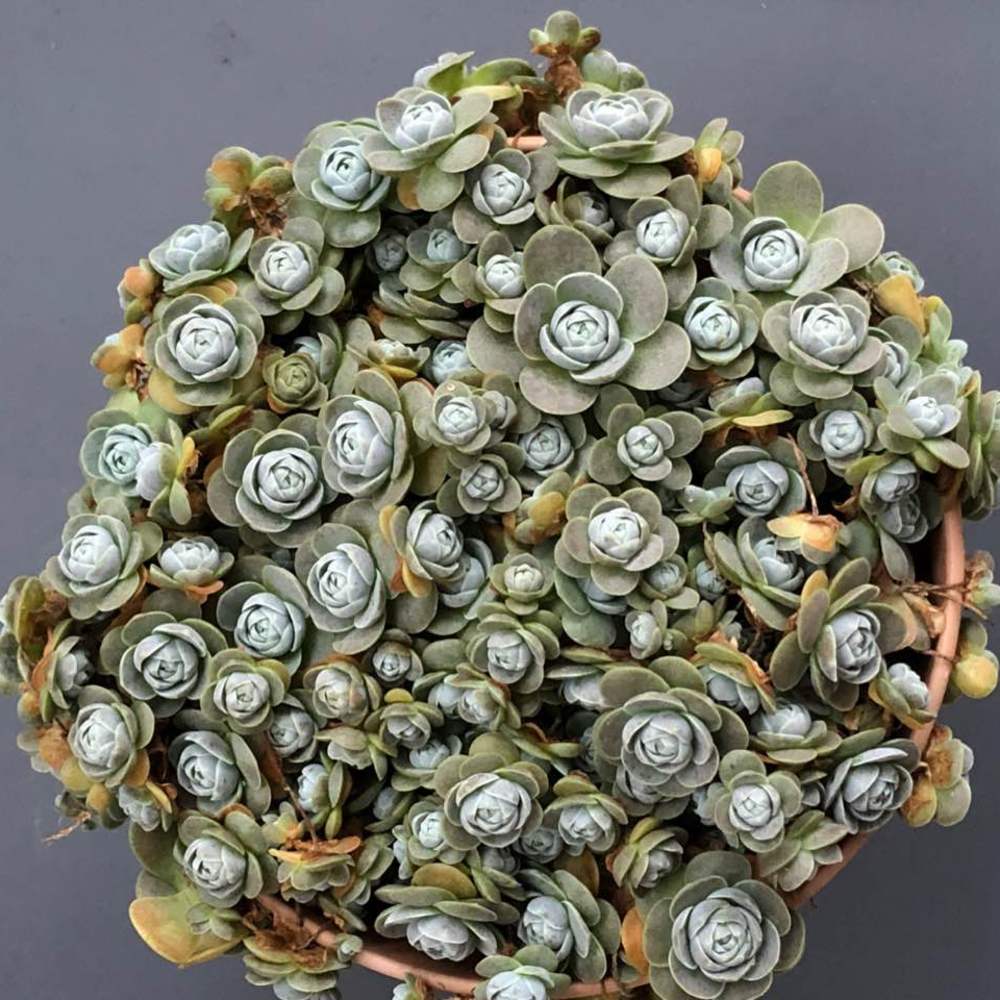植物经验
详细说明
Orostachys boehmeri is an attractive small succulent with soft lavender-gray leaves in up to 2 inch (5 cm) wide open rosettes that offset readily producing small plantlets on spaghetti thin stems that radiate up to 6 inches (15 cm) away from the mature rosettes to form an open plant to about 1 foot (30 cm) across. After several years these rosettes can produce tiny pale yellow flowers with greenish bracts on up to 6 inches (15 cm) tall spikes. Flowering often commences in early autumn but may begin as late as November. The flowering rosette dies after flowering but is quickly replaced by offsetting ones.
As with most similar genera of Crassulaceae, this plant can survive in fairly poor soil, so long as it is well draining. This genera is very cold-hardy and can survive temperatures to -30° F (-34° C). Allow soil to dry to the touch between waterings, and avoid getting water on the rosettes. Orostachys requires some bright light. This plant doesn’t tolerate high humidity well. Orostachys grows actively in spring and summer.
In general, this is a good plant to forget about. Leave it in a bright sunny location and water very sparingly. Water in the morning so as to prevent water from remaining on the leaves during the night. Remove any dead leaves from rosettes, as dead leaves invite rot and insects. When a rosette has flowered, it will die shortly.
General Care
Pruning: In general, this is a good plant to forget about. Leave it in a bright sunny location and water very sparingly. Water in the morning so as to prevent water from remaining on the leaves during the night. Remove any dead leaves from rosettes, as dead leaves invite rot and insects. When a rosette has flowered, it will die shortly.
Problems: In the event of an unhealthy plant, the first thing to examine is your watering habits. The most common problem is root rot due to overwatering. If the soil is too wet, don’t hope it will safely dry out so long as you don’t water it for a while. Replace the soil immediately.
One of the most common pests to houseplants is the mealybug, and your Orostachys may fall prey to this pest. However, due to the tightly packed leaves, more often than not the mealybugs will attack the roots. This makes them far less visible than mealybugs which attack leaf-stem junctions. The symptoms of a root mealybug infestation is slowed or stopped growth (though in winter this is a normal sign of dormancy). If this occurs without apparent cause, remove the plant from the pot and examine the roots. A white cottony substance on the roots and in the soil is a sure sign of mealybug infestation. Remove all soil and wash the roots gently. Remove any roots which appear damaged with a sharp sterile knife or scissors. Let them dry very throroughly before replanting.
As with most similar genera of Crassulaceae, this plant can survive in fairly poor soil, so long as it is well draining. This genera is very cold-hardy and can survive temperatures to -30° F (-34° C). Allow soil to dry to the touch between waterings, and avoid getting water on the rosettes. Orostachys requires some bright light. This plant doesn’t tolerate high humidity well. Orostachys grows actively in spring and summer.
In general, this is a good plant to forget about. Leave it in a bright sunny location and water very sparingly. Water in the morning so as to prevent water from remaining on the leaves during the night. Remove any dead leaves from rosettes, as dead leaves invite rot and insects. When a rosette has flowered, it will die shortly.
General Care
Pruning: In general, this is a good plant to forget about. Leave it in a bright sunny location and water very sparingly. Water in the morning so as to prevent water from remaining on the leaves during the night. Remove any dead leaves from rosettes, as dead leaves invite rot and insects. When a rosette has flowered, it will die shortly.
Problems: In the event of an unhealthy plant, the first thing to examine is your watering habits. The most common problem is root rot due to overwatering. If the soil is too wet, don’t hope it will safely dry out so long as you don’t water it for a while. Replace the soil immediately.
One of the most common pests to houseplants is the mealybug, and your Orostachys may fall prey to this pest. However, due to the tightly packed leaves, more often than not the mealybugs will attack the roots. This makes them far less visible than mealybugs which attack leaf-stem junctions. The symptoms of a root mealybug infestation is slowed or stopped growth (though in winter this is a normal sign of dormancy). If this occurs without apparent cause, remove the plant from the pot and examine the roots. A white cottony substance on the roots and in the soil is a sure sign of mealybug infestation. Remove all soil and wash the roots gently. Remove any roots which appear damaged with a sharp sterile knife or scissors. Let them dry very throroughly before replanting.
花相册 (6)
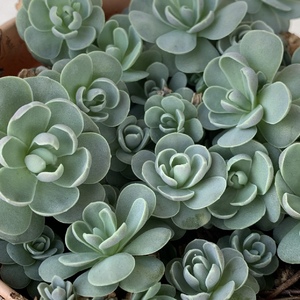
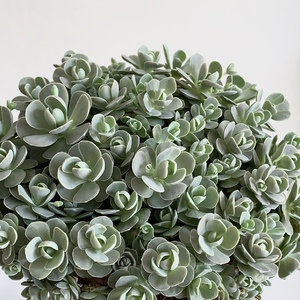

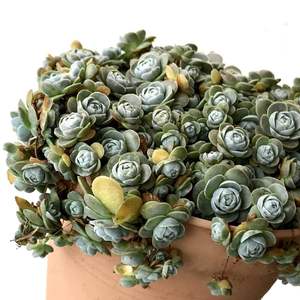
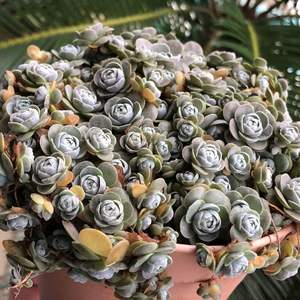
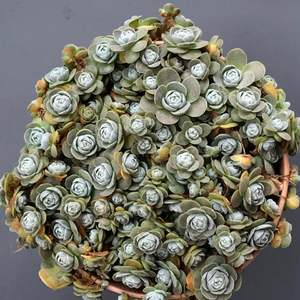
kensong
2019年07月08日

I've no idea why they are bigger than before.


kensong
2018年11月01日

Three months later and this Chinese Dunce Cap has fluorished.




kensong
2018年08月22日

From Andele Succulents & Tillandsia RM14.




kensong
2018年08月22日

This is my first growing diary.




